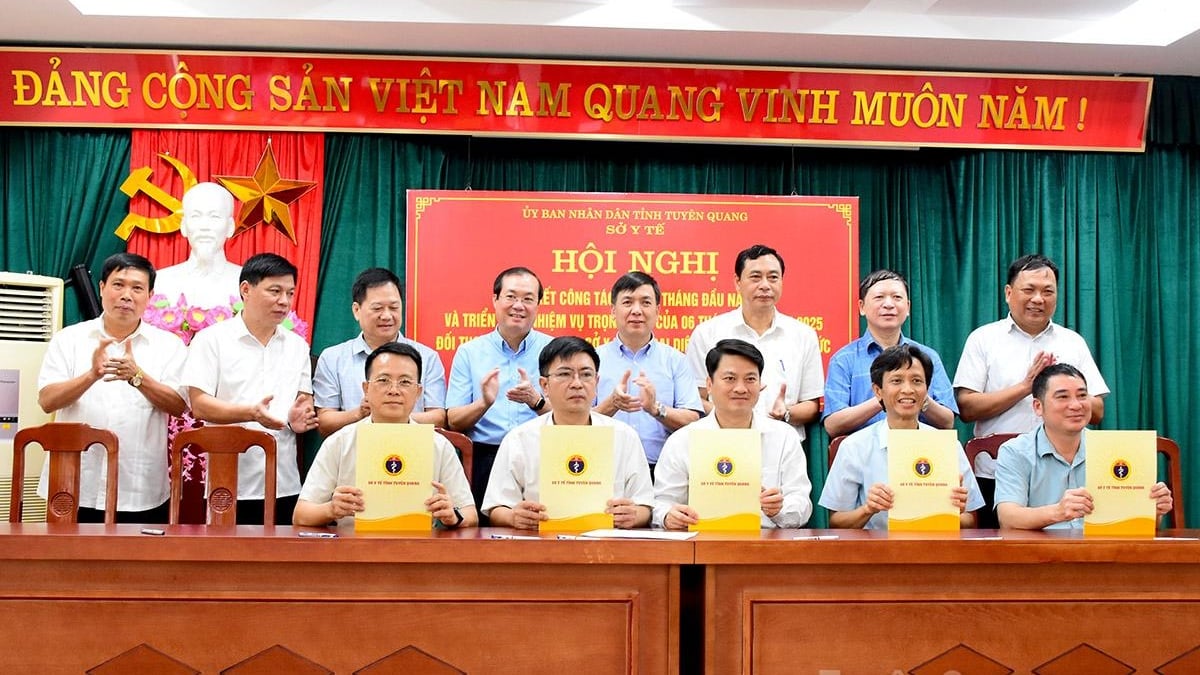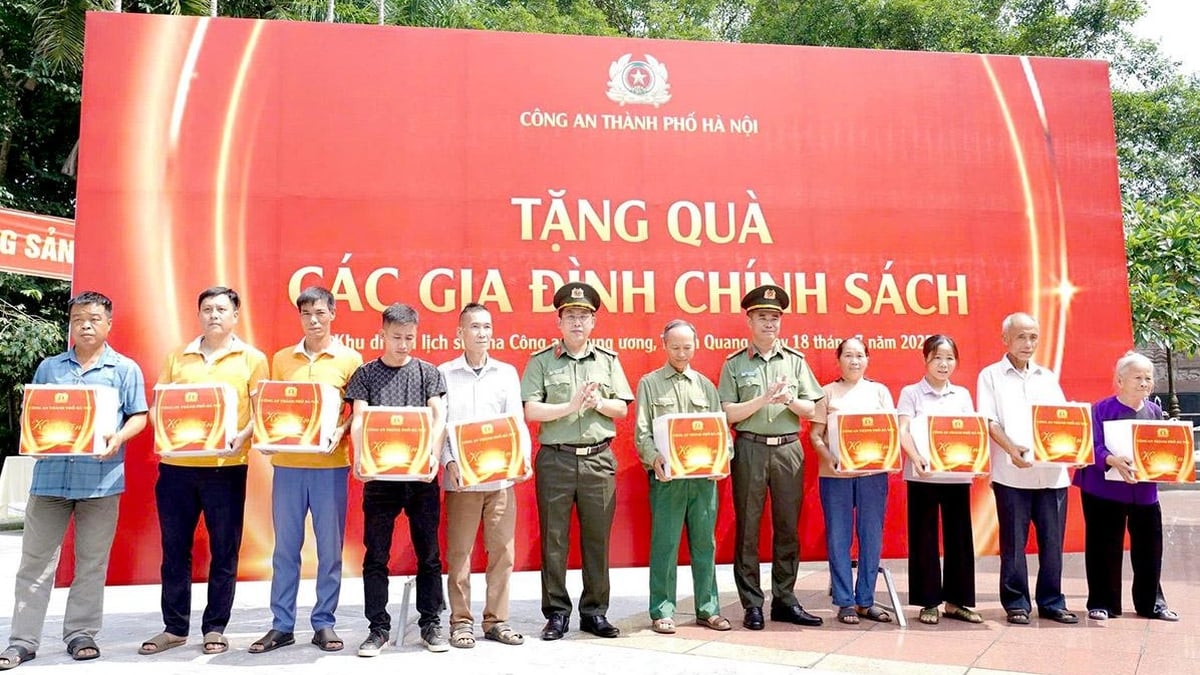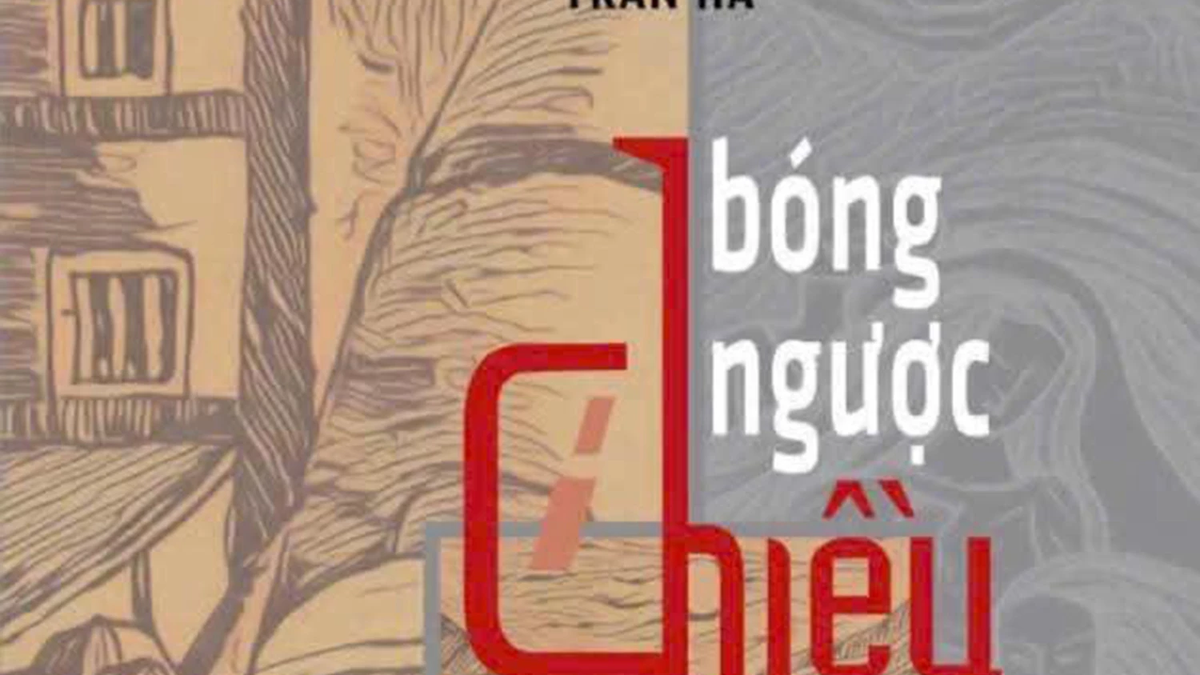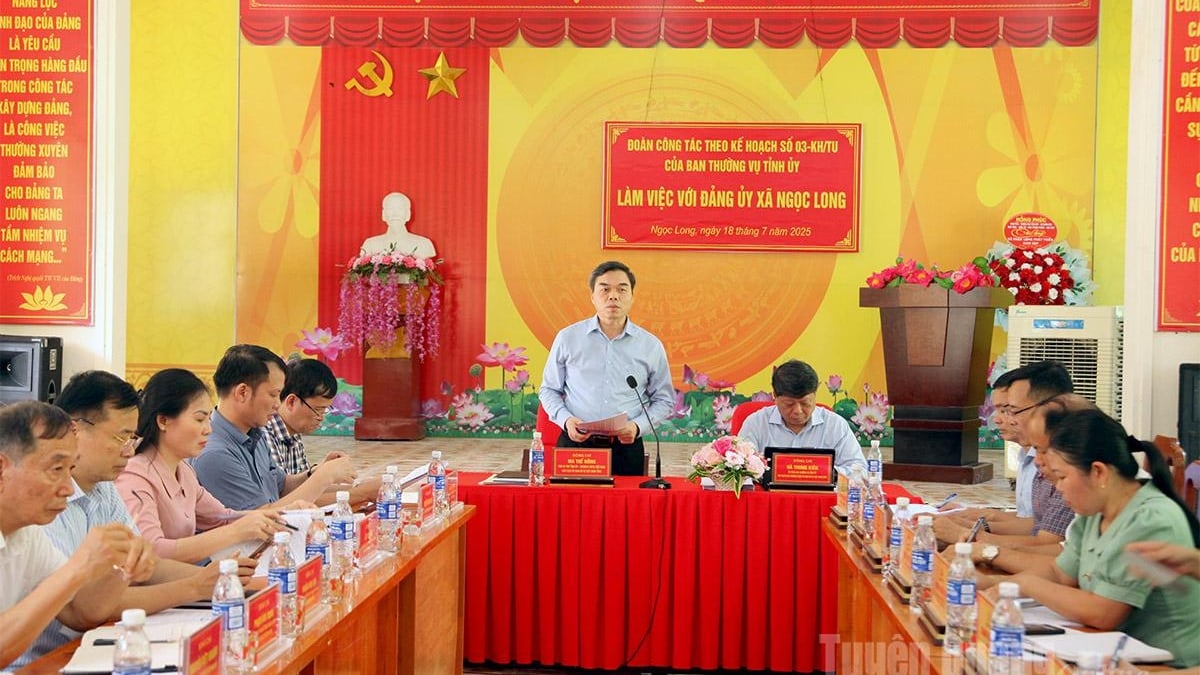In Vietnam, wonton noodles have two main names: wonton (South) and wonton (North). This dish originated in China, transcribed from the Cantonese word for "van thon" (雲吞, wan4 tan1) and the Cantonese word for "hun don" (馄饨, wan4 tan1).
In the book Fangyan (方言) written by Yang Xiong during the Western Han Dynasty, there is a mention of a type of cake called "tun", which is a steamed bun (bing wei zhi don/饼谓之饨). The ancient Chinese said that it was a type of sealed steamed bun, called huan don (浑沌), later called huan don (馄饨). At that time, huan don and steamed bun were no different. Since the Tang Dynasty, the names of huan don (wonton) and steamed bun were officially distinguished.
There are two theories about the origin of wontons:
a. From Taoism: On the winter solstice, all Taoist temples in the capital will hold a grand ceremony. Taoists will recite sutras and set up tables to celebrate the birthday of the Three Purities (the three supreme deities in Taoism). Taoists believe that the Three Purities represent the first century when the world was still chaotic and the Taoist tools had not yet been manifested. In the work Yen Kinh Tue Thoi Khi, there is a passage that talks about the shape of wontons resembling a chicken egg, which looks quite similar to the chaos of the world, so on the winter solstice, Chinese people have the custom of eating "hun dun", that is wontons. Because "hun dun" (馄饨) and "chaos" (混沌) are homonyms, people believe that eating "hun dun" means breaking the chaos and opening up the world. However, later generations no longer explain the original meaning of this dish, but only spread the saying "Dong chi hon dun, ha chi mien" (eat wontons on winter solstice, eat noodles on summer solstice). Actually this sentence is simply talking about diet.
b. Origin of Xi Shi: According to legend, at a banquet during the Spring and Autumn period, the beautiful Xi Shi prepared a dish to entertain the King of Wu. The king ate it and nodded, asking: "What is this dish that is so delicious?" Xi Shi thought that the king was infatuated with her, so she calmly replied: "Huan Dun" (混沌). Since then, the people of Suzhou have used "Huan Dun" as a delicacy for the winter solstice festival.
Each region in China has its own way of preparing wontons, creating variations, so this dish has many different names: soul-dun (馄饨, húntún); fried dumplings (抄手, chāoshǒu); bao mien (包面, bāo miàn); shuǐjiǎo (水饺); bao fu (包袱, bāofú); sea food (扁食, biǎnshi) and sea meat (扁肉, biǎn rôu)…
In Guangdong, because the word "hun dun" is relatively rare, people often write it as "yun thon" (云吞) for convenience, because this word has the same pronunciation in Cantonese as "hun dun" (馄饨). The dish "hun dun" was introduced to Guangdong during the Tang and Song dynasties.
On December 1, 2017, the Chinese government issued a regulation stating that the standard English name for wonton is wonton, from the Cantonese word wancun (云吞, wan4 tan1); or huntun, from the Mandarin word huntun (馄饨, húntún).
In China, wontons come in many varieties: puffed meat, fried, shrimp and fish filled... This dish was introduced to Vietnam in the 1930s. Although it still relies on the original preparation method, some ingredients have been changed to suit Vietnamese tastes.
Source link





























































































![[Infographic] In 2025, 47 products will achieve national OCOP](https://vphoto.vietnam.vn/thumb/402x226/vietnam/resource/IMAGE/2025/7/16/5d672398b0744db3ab920e05db8e5b7d)





Comment (0)